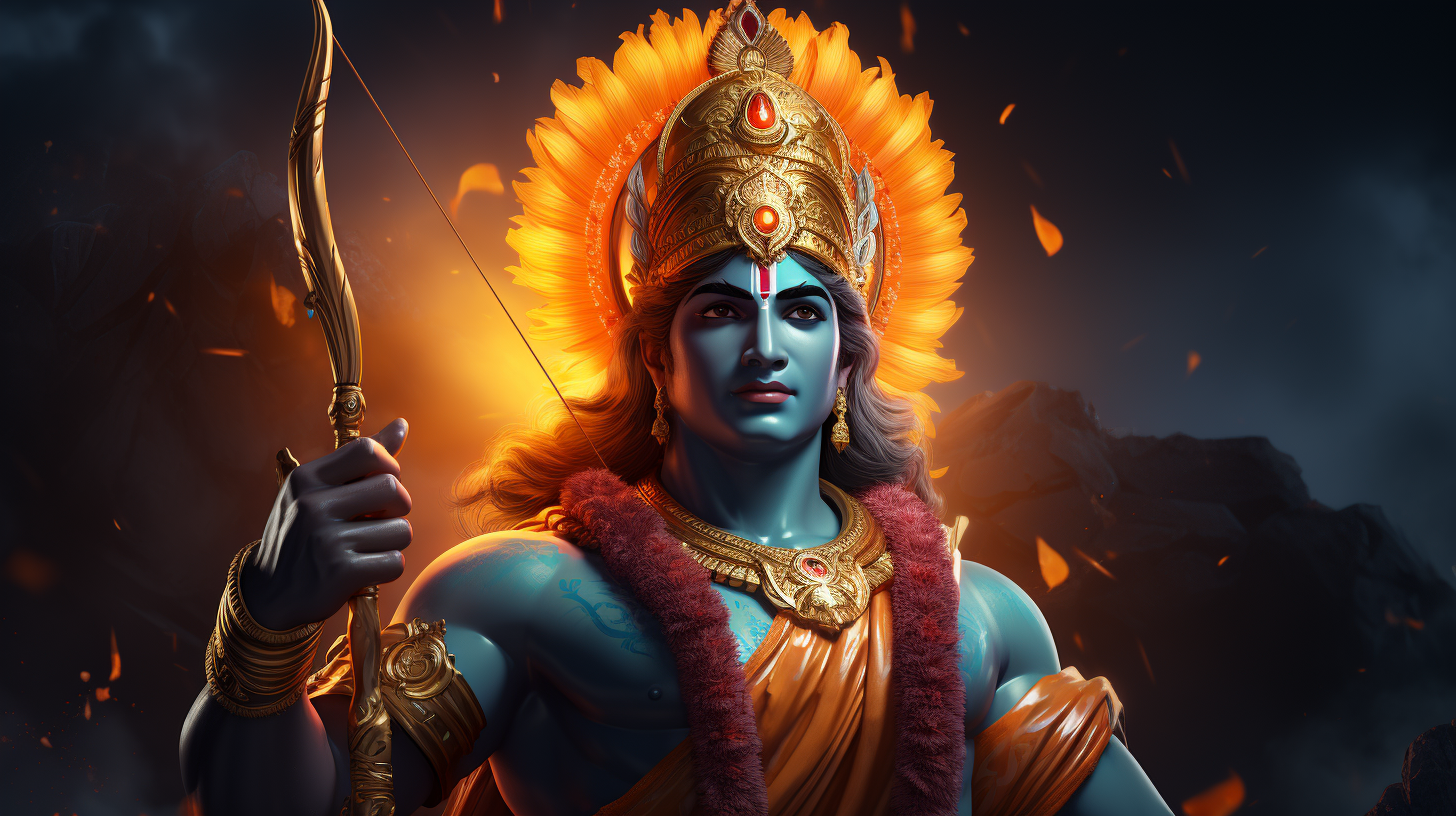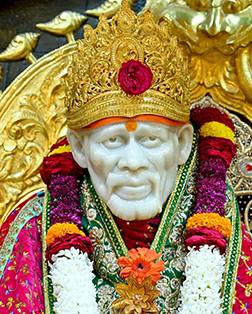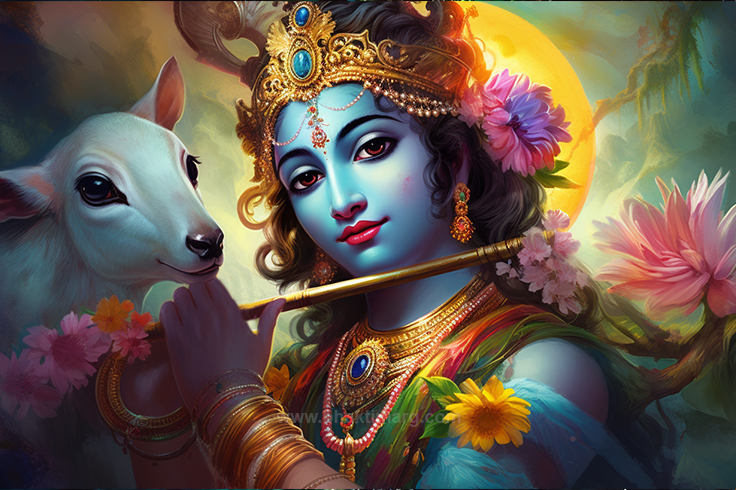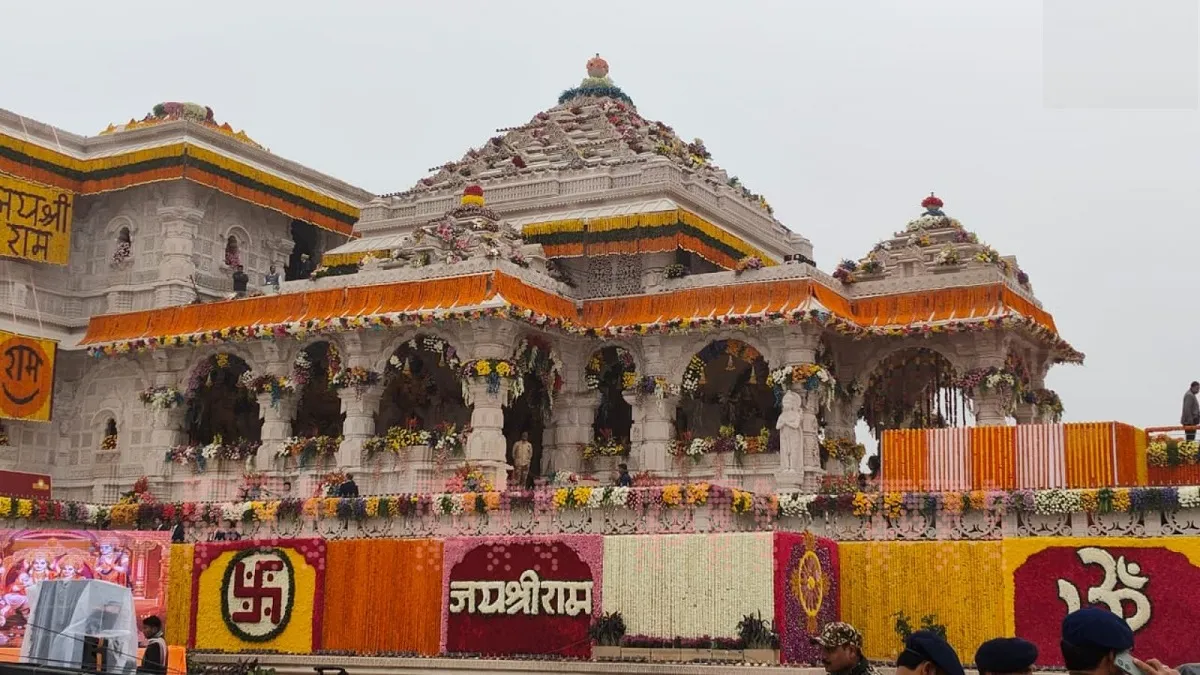ABCD Song | Bhakti Ki ABCD | Devotional Song For Kids | Bhakti Marg
Introducing religion to children can be a sacred and fulfilling experience. When introducing children to Hinduism, it has a wonderful world of myths, festivals, and ethics to guide a child. This blog, intended for parents and teachers, aims to make learning Hinduism simple, interactive, and respectful for children. Learning mantras, understanding temple rituals, and even knowing about Hindu gods, the guide provides a step-by-step process of integrating faith into everyday life. Properly executed, religious learning can lead to a child developing with kindness, wonder, and a robust sense of identity.
The Grounds of Religious Knowledge as a Child

Religious education plays an important role in the development of a child’s morals, feelings, and culture. It is not about rituals; it teaches valuable things like kindness, truth, and respect for everyone. Hinduism can be taught to children in a manner that imparts knowledge and builds good character.
● The process starts with answering their questions and connecting them with stories and symbols regarding the list of Hindu deities that point toward ancient wisdom.
● Introducing children to Hinduism is introducing children to a universe of colourful festivals, deep concepts, and inspiring gods.
● It is not about believing unquestioningly but discovering things while working in the child’s sense of wonder.
Knowing all the Hindu god names from stories becomes fun when explained in a manner that children can understand. Knowing the A to Z Hindu god names gives children a spiritual alphabet of values.
The Importance of Narrative in Educating Hinduism

Hindu mythology is full of tales of battles between good and evil, right and wrong, which are engrossing to children. Tales of the mischievous childhood of Lord Krishna or the strong practice of dharma of Lord Rama are not only entertaining; they teach valuable lessons in life. Through these tales, children begin to grasp what the Hindu gods represent. They learn about Hindu gods through identifiable characters and sage teachings.
These tales are frequently rooted in festivals, rituals, and everyday life, relating the tales to everyday life. Children like getting immersed in the exploits of Hanuman, the wisdom of Ganesha, and the bravery of Durga. Teaching through stories enables parents and teachers to teach the children about all Hindu god name, and complex ideas in simple and motivating terms.
Festivals as Portals to Belief and Bliss

The Hindu festival system offers valuable educational possibilities for everyone. The Hindu festivals Diwali, Navaratri, and Holi bring bright celebrations that feature symbolic rites that help children appreciate their religion.
● The combination of diyas-lighting along with rangoli-art-making, singing bhajans, and taking part in aarti provides children with both enjoyable experiences and religious bonding opportunities.
● Parents need to do more than just adorn; they need to involve children in preparation, storytelling of the Hindu gods, and comprehending the spiritual significance of each festival.
● If the Govardhan story is not told or Narka Chaturdashi is left behind while shopping for clothes and gifts, we might turn our sacred traditions into shopping events.
Hindu festivals need to lead us to find joy in little things, comprehend symbols, and connect with family and society. Through these, children learn the values of gratitude, togetherness, and devotion.
Working with the Senses: Mantras, Meditation, and Rituals

Children learn about the world through all their senses. Hindu rituals are rich sensory experiences; chanting mantras, burning incense, and offering flowers naturally draw a child’s attention.
● Introducing mantras like the Gayatri Mantra or simple OM chanting makes children feel peaceful and positive. These are not words; they are vibrations that allow children to focus and be aware.
● Simple meditation techniques, guided visualization, or breathing exercises can be added to a child’s daily routine, allowing them to find inner peace.
● When children join rituals, they experience a living tradition. Offering flowers, lighting lamps, or simply folding their hands in prayer makes spirituality tangible.
Through these practices, the names of all Hindu gods become more than mere words—they become a part of their real-life experience.
The Role of Books, Art, and Drama in Faith Formation

The combination of books with illustrations creates better comprehension and improved memorization abilities for children in their learning process.
● Books written with simplified versions of Ramayana or Mahabharata stories, plus colourful illustrations and a list of Hindu deities, assist readers in visualizing the tales.
● Audio stories, as well as podcasts, prove to be exceptional educational resources for students who like listening to content.
● The combination of dramatizations with art-based teaching and gods alphabet gives students an effective means to engage with Hindu teachings.
● The practice of mythological tale drawing, followed by deity mask-making of a Hindu epic scene, helps children internalize religious teachings.
● By painting Saraswati and acting as Krishna while reciting stories about Lakshmi, children learn the A to Z god names.
These methods allow Hindu teachings to enter the students without feeling like a school requirement.
Making Hindu Philosophy Accessible Through Age-Appropriate Concepts

Children can understand the essential concepts of Hindu philosophy (Dharma, Karma, and Moksha).
● After being expanded into practice, dharma represents the following obligations: fulfilling student responsibilities or providing assistance to friends and family.
● Karma works through good and bad action consequences to lead people to Moksha, which represents the last peaceful state achievable through truthful living. These philosophical teachings create a moral direction for children and prepare them to face difficulties in life.
● The concept of Samsara or reincarnation can be revealed to children through natural cycles or seasonal metaphors.
● Valid foundations enable children to develop an honourable admiration for religion’s profound elements and study its logical elements.
The repeated interaction between children and Hindu Vedic names teaches them their positions in addition to their symbolic meaning and underlying principles.
Seva and Community Involvement: Building Devotion in Hinduism

Devotion through selfless service, called Seva, remains a vital principle within the belief system of Hinduism. Children who participate in community work and temple volunteering experiences help their peers develop empathy alongside communal accountability. Through distributing holy food or temple courtyard maintenance, a person develops a stronger bond with their religious principles.
Seva educates children that spiritual practice extends beyond self-directed devotional practices since it encompasses activities dedicated to creating good in the lives of other people. The idea finds practical examples through narratives about King Harishchandra and the spiritual teachings of karma yoga in the Bhagavad Gita. Such acts lead children to strengthen their bond with Hindu gods because each deity represents virtues like courage, compassion, and wisdom that children can follow.
Conclusion: Devotion Beyond Dogma
In conclusion, the holy path for children requires both active participation in devotional tasks and actual wisdom of the rituals and sacred words they perform. Children must adopt Hinduism as a manifestation of their identity. Children become deeply attached to their cultural heritage through uniting values with stories. Through this process, children learn all the Hindu god names together with their significance. The learning path of identifying A to Z Hindu god names enhances both spiritual growth and emotional maturity alongside Indian cultural awareness. The forward direction of Hinduism depends on active and joyful engagement from our youngest believers instead of mindless, repetitive worship.

















